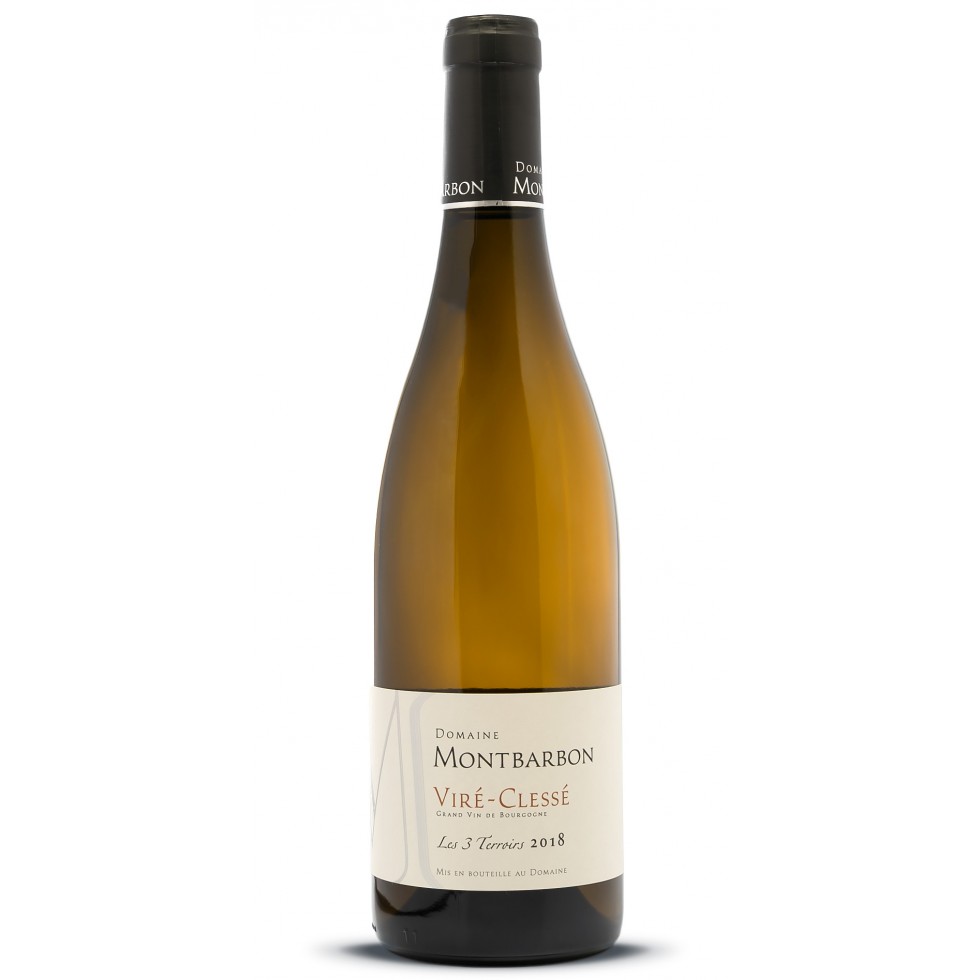appellation
Viré Clessé
Wine Characteristics
The colour is a pale but brilliant gold, somewhere between white-gold and yellow, with in some cases greenish highlights. The nose makes an immediate and pleasant impression with a bouquet of may-flowers or acacia, springtime honeysuckle, and broom, together with notes of lemon balm, white peach, verbena, and mint or bracken. As the wine ages, quince jam and pine make their appearance. Lively and fresh, with a slight edge and yet well-rounded, this wine is a reliable introduction to the Mâconnais whites.
It is delicate and supple and has a tender and spontaneous side with a touch of nervosity which does it no harm.
Wine Steward’s Tip
Its attack brings the mouth to life with its minty notes, and even more so by its pleasingly straightforward and rather lively approach. For this reason, tender meats in sauce - veal for example - do it justice since its vivacity adds depth and consistence to the food. Its aromatic intensity is also suited to poultry, crustaceans, and sauted vegetables. It is also the perfect partner for cooked seafood. Cheeses of the Camembert type will be set off by its slight sharpness, and goat cheeses will also make ideal companions.
Serving temperature: 11 to 13°C.
Situation
The appellation VIRÉ-CLESSÉ achieved recognition in 1998 and was launched a year later. It is the first appellation Village to be formed from outstanding terroirs within the AOC Mâcon Villages. Viré and Clessé are two communes in southern Bourgogne lying between Tournus and Mâcon. Because the wines of the two villages closely resemble each other in typicity, it was decided to form them into a single appellation, although the terroirs included in it were subjected to a rigorous selection process. Viré and Clessé also produce wines of the appellations Mâcon, Bourgogne and Mâcon Villages. The names Mâcon-Viré and Mâcon-Clessé have been in disuse since 2002.
Terroirs
The appellation consists of two hill-slopes running North-South between the valleys of the Bourbonne and the Mouge. The rocks are fossiliferous Bajocien limestones and Jurassic (Oxfordian) strata of marly-limestone. Other soils at the foot of the slopes are clays containing sandstone pebbles known as «chailles».
They are well-drained and East-facing. Also found here are soils containingwhite limestone pebbles typical of the Mâconnais and known as « cray «. It is the best soil for the Chardonnay grape. Altitudes: 200-440 meters.
Source : https://www.bourgogne-wines.com




